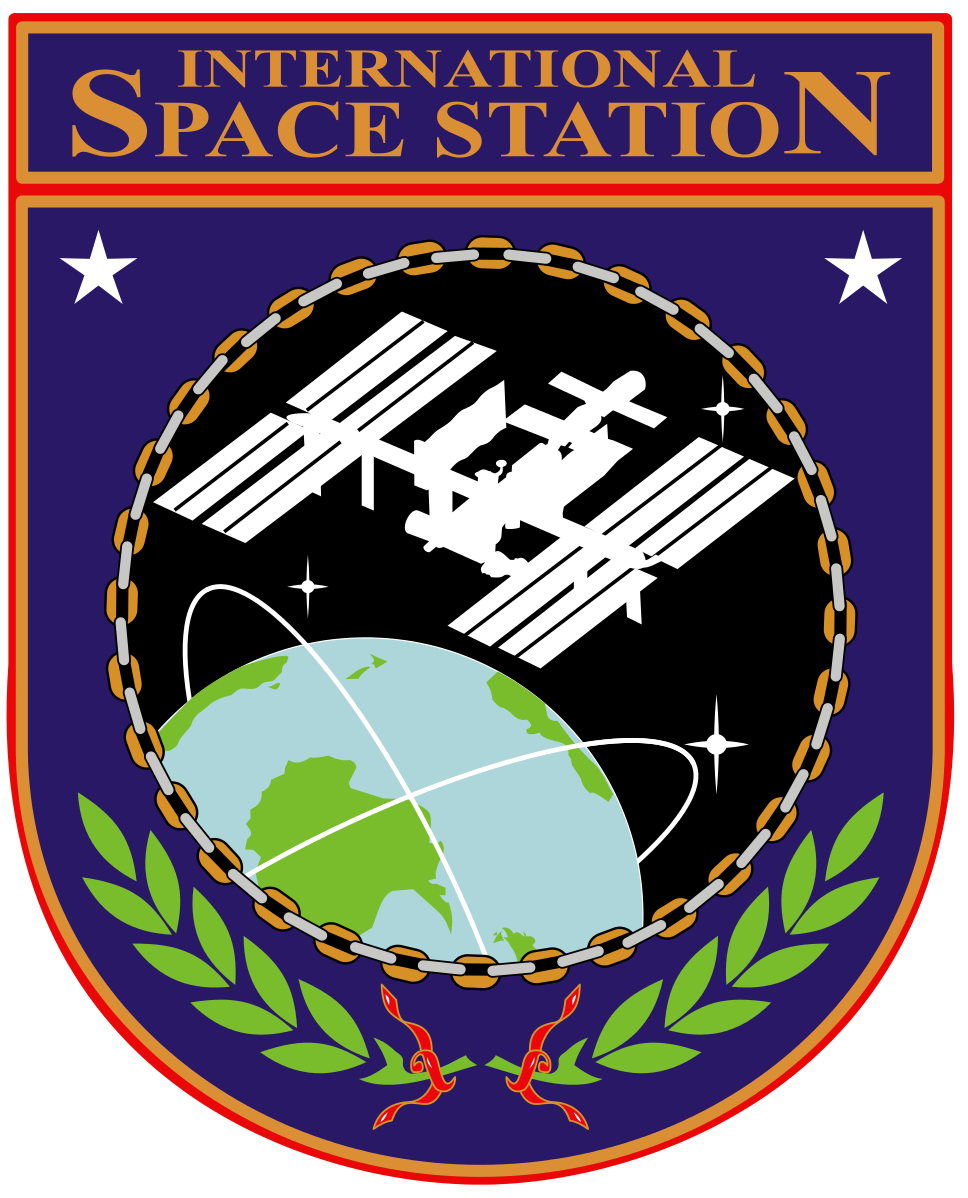Part 2 of 2 Parts (Please read Part 1 first)
While it may seem to be harmless to blow up your own satellites in space, there is a very real threat growing. Every time a satellite is destroyed, whether it was attacked by ASAT weaponry, or it just collided with some other orbital object, the result is thousands of tiny bits of debris spreading across the orbit of the original satellite. If this happened on Earth, it would just mean that a lot of litter needed to be swept up. However, in orbit, this means thousands of shards of metal, plastic, and ceramics orbiting the Earth many times faster than a bullet.
An excellent example of the space debris problem was when Russia carried out its most recent ASAT weapon test in November of last year. Debris from the destroyed satellite came dangerously close to hitting the International Space Station (ISS). Emergency orbital maneuvers were necessary to move the ISS out of danger.
The main purpose of VP Harris’s announcement at Vandenberg was to address this problem of space junk. By setting up norms of behavior for the exploration of space, it is hoped that other nations will follow them. Robin Dicky is chief analyst Aerospace Center for Space Policy and Strategy. She said, “There are tons of different norms conversations happening—there's no one size fits all solution for how to develop them. The approach that you take is likely to be very different depending on the content and context.”
The global astronomy community and scientists across the world fully support the idea of eliminating space debris. This includes the end of ASAT weapons testing. Unfortunately, it may still take time for these space norms to become official policy. Russia and China have disconnected themselves from European and U.S. space programs. This makes the prospect of a “universal protocol” very difficult to achieve at this time.
It will probably take much longer than we hoped, but the circumstances are not as dire as they may seem. Projects such as ClearSpace1 are in development to manage the plague of space junk by collecting it and performing controlled atmospheric burns to dispose of it. If we can achieve a global agreement to put a halt to the development and testing of ASAT weapons, it will establish the groundwork for sustainable long-term management of orbital junk. The historic announcement by VP Harris at Vandenberg is an important step in the right direction.
At the rate we are putting things into Earth orbit, reaching a consensus between all private space enterprises and space agencies will become critical. According to the MIT Technology Review, they estimate that by 2025, there could be as many as a thousand satellites being launched each year. Dicky said, “Setting these common expectations for what's acceptable and not acceptable in space is a crucial step to make sure that space is safe and usable for all in the decades to come.”
Of greatest concern with respect to orbital debris is something called the Kessler Syndrome. This would take place if collisions in orbit led to a chain reaction of cascading collisions that filled Earth orbit with so much debris that it would become impossible to launch anything into orbit. If the Kessler Syndrome actually happens, it would put an end to human space exploration and exploitation.
